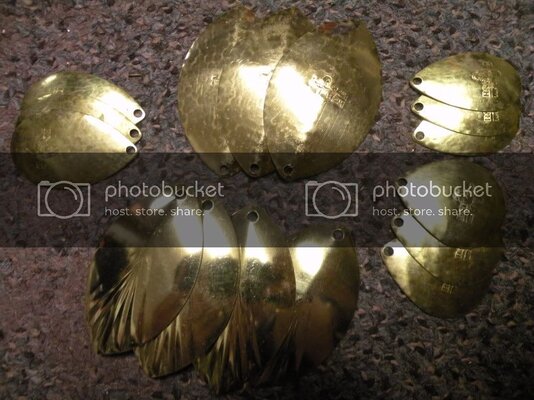My two cents..........
I agree with most everything that has been said thus far. However, choosing the correct clevis is also affected by the location of the hole punched into the blade.
For example, a hole punched close to the end of the blade might well require a smaller clevis than one punched further down the blade. A way to verify the "correct" clevis would be to check the distance between the wire and the amount of blade above the hole. I.E. if the distance is more then half way between the blade and the wire, a smaller clevis is in order. Conversely if the distance is smaller than 1/2 a larger clevis is needed.
Establishing a equal distance between wire and top of the blade (as it sits in the clevis saddle) will get you closer to the right clevis selection. Of course I advocate you test the action of your prototype to ensure the action and wobble (or lack of) fits your needs.
Recently I have been twisting up a grip of #7 Fatal Flash blades. Being a bigger blade one might assume a larger clevis should be needed. But, based on the amount of metal above the hole a # 2 clevis is the right choice for this application. Yet on many #4 blades it takes a #3 for the correct action. Having tried both 2's and 4's on the same configuration, it happened to be #3's that carried the day.

